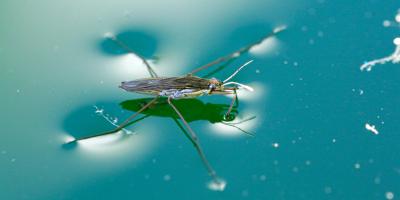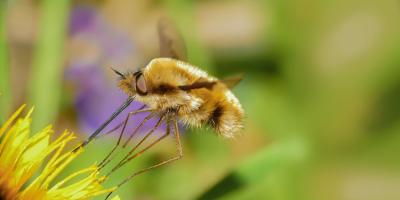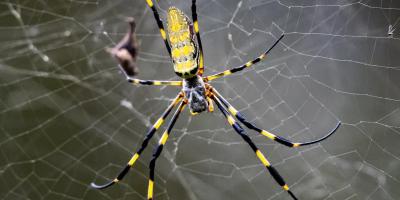Not-So Blinded By The Light: How Wood Roaches Differ From Standard Cockroaches
Just saying the word "cockroaches" aloud will send shivers down many people’s spines. Nobody wants to talk about these invasive pests, let alone see them in their home or apartment. Usually when you see them it means that they’ve multiplied to a point where they’re overcrowding their usual hiding spots. If you turn on the lights and see cockroaches, they’ve likely been around for longer than you’d care to know.
The two most prolific species of these home invaders are the American and German cockroaches. The American cockroaches that are most commonly found in homes will multiply over the course of a few weeks, as nymphs will emerge from the ootheca (an egg case of about 15 embryos) within 24-38 days. German cockroaches are notorious for their ability to reproduce rapidly. If you think the 15 embryos of an American cockroach is cause for alarm, consider that the German cockroach averages 35 per ootheca and is capable of having as many as 400 eggs in a lifetime. The good news is that, if you see a wood roach, it could very well be the only one in your home.
So, how do you tell the difference between wood roaches and the standard cockroach? Though the males are slightly lighter in color due to their wings, they aren’t easily distinguishable just by appearance. It all comes down to behavioral differences. Simply put: wood roaches won’t be the ones hiding from you. While most species of cockroaches are nocturnal, wood roaches are actually drawn to light. This doesn’t mean that they are a particularly dauntless species. If you are to find one scurrying about your home, it generally just means that it’s lost.
The Accidental Invader
By name alone it should be apparent where these cockroaches prefer to spend their time. They are a woodland species that thrive in moist conditions amidst decaying logs, loose bark, and wood piles. The latter is the most common entry point for these roaches. Bundles of firewood are of the few vessels that they use to take an unintentional ride indoors. If they do make it inside, they most likely will find their way back outside before you have to deal with their presence. Wood roaches do not seek out the dark corners of your home as they do not breed indoors.
Females deposit their eggs in optimally moist environments that are most conducive for survival. They feed on decaying organic matter like rotting trees and leaf litter, so the roaches lay eggs in close proximity to their ideal food sources. It is unlikely that your home provides any of the necessities for wood roach survival, though chronically humid conditions in your home that lead to issues like wood rot and mold growth can provide a more welcoming atmosphere.
Keeping Them Outside
Though they are of very little threat to your home or its structural components, they are still cockroaches that have made their way inside. Cue the hair standing on the back of your neck. Fortunately, you aren’t likely to be dealing with an infestation. Preventative measures can be taken and are much easier than trying to thwart other infestations. Woodpiles should be kept a fair distance from your home, and firewood should only be brought in when you’re ready to promptly burn it. As wood roaches are attracted to light, try to keep lights off at night and make sure cracks and small openings where they’d sneak in to seek light are sealed.
If you are battling an infestation of cockroaches, they are not likely to be wood roaches. In this event, our experienced professionals can rid your home of these pests quickly and completely. Contact JP Pest Services for a free residential estimate today!



